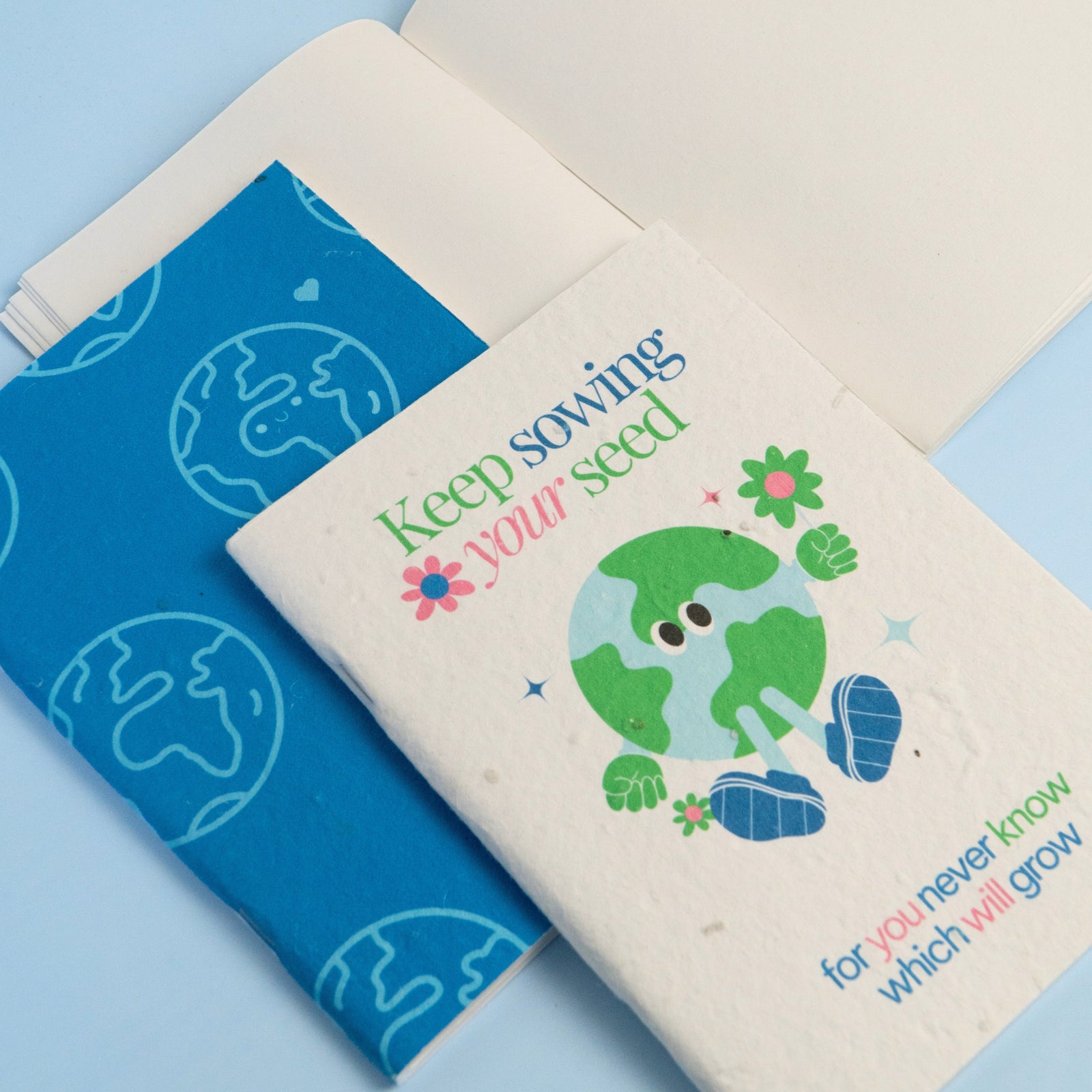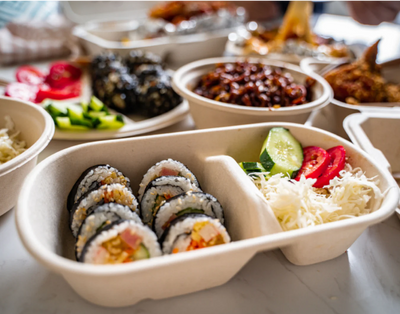As environmental awareness continues to grow, eco-friendly alternatives in everyday products are becoming increasingly popular. One such product is recycled paper. It reduces waste, conserves resources, and plays a vital role in fostering sustainability. In this article, we will explore what recycled paper is, how it’s made, and introduce an innovative new product—plantable paper embedded with seeds, a step further toward a greener future, and now part of EQUO’s sustainable product range.
What is Recycled Paper?
Recycled paper is made from waste paper that has already been used and discarded. Instead of adding to landfills or being incinerated, used paper is collected, processed, and transformed into new paper products. Recycling paper saves trees, reduces water and energy consumption, and minimizes the need for chemical treatments compared to producing virgin paper from raw materials.

Benefits of Using Recycled Paper:
- Conserves natural resources: Fewer trees are harvested for paper production.
- Reduces energy consumption: Making paper from recycled materials requires up to 60% less energy.
- Decreases pollution: Recycling reduces the need for harmful chemicals used in traditional paper-making processes.
- Saves water: The process of making recycled paper uses less water compared to virgin paper.
Given these benefits, recycled paper is a practical solution to reduce the environmental footprint of paper production.
How is Recycled Paper Made?

The process of making recycled paper involves several key steps. Here's an overview of how discarded paper is turned into something new and useful:
- Collection: Waste paper is collected from various sources like homes, offices, and businesses. It’s then sorted by type (e.g., newspaper, office paper, cardboard).
- Sorting and Shredding: Once sorted, the paper is shredded into small pieces to make the recycling process more efficient.
- Pulping: The shredded paper is mixed with water and chemicals to break down the fibers. This mixture creates a slurry known as pulp.
- Cleaning and De-inking: The pulp is cleaned to remove inks, adhesives, and other contaminants. This can involve washing the pulp or using air bubbles to float the contaminants away.
- Refining: The cleaned pulp is beaten to make the fibers more flexible, which improves the quality of the recycled paper.
- Forming Sheets: The refined pulp is spread over large screens to remove excess water, forming paper sheets. These sheets are then pressed and dried.
- Rolling and Cutting: The dried paper is rolled into large reels and can be cut into specific sizes based on the intended use—whether it’s for notebooks, printing paper, or packaging.
Recycled paper can be used for a variety of products, including office supplies, packaging, and greeting cards. However, EQUO has introduced an innovative twist on recycled paper that makes it even more eco-friendly—plantable paper.
What is Plantable Paper?
Plantable paper, also known as seed paper, is a type of recycled paper embedded with seeds. Once used, instead of being thrown away, the paper can be planted in soil, where the seeds will sprout into flowers, herbs, or vegetables. This ingenious product not only reduces waste but also encourages a connection with nature by allowing people to grow plants from their discarded paper.

How is Plantable Paper Made?
The process of making plantable paper is similar to that of regular recycled paper, with a few additional steps to incorporate seeds:
- Create Pulp: As with traditional recycled paper, used paper is shredded and pulped.
- Add Seeds: Before the pulp dries into sheets, seeds are carefully mixed into the slurry. The type of seeds added can vary—from wildflowers to herbs or vegetables, depending on the desired final product.
- Form and Dry: The seed-filled pulp is spread onto screens, pressed, and dried. The drying process is done gently to ensure that the seeds remain intact and viable.
- Cutting and Packaging: The dried plantable paper is cut and packaged, ready to be used for eco-friendly greeting cards, business cards, tags, or even notebooks.
Why Choose Plantable Paper?
Plantable paper offers all the environmental benefits of recycled paper, plus more:
- Zero waste: After use, the paper decomposes naturally in the soil, leaving no waste behind.
- Promotes sustainability: The seeds within the paper grow into plants, helping support biodiversity and green spaces.
- Versatile applications: Plantable paper can be used for various purposes like promotional materials, invitations, or even gift wrapping—making it a creative and sustainable choice for individuals and businesses alike.
EQUO’s Plantable Paper Line

As part of EQUO’s commitment to promoting sustainability, our new plantable paper products are now available. Embedded with seeds, our plantable paper is perfect for businesses looking to minimize their environmental footprint and individuals seeking creative, eco-friendly options. Whether used for business cards, event invitations, or gift tags, these paper products offer an engaging way to encourage sustainability while fostering a deeper connection to the environment.
Here’s why EQUO’s plantable paper stands out:
- Made from 100% recycled paper, reducing waste and conserving resources.
- Embedded with a variety of flower and herb seeds, which grow into beautiful plants.
- Available in custom designs and sizes, perfect for any occasion or business need.
Recycled and Plantable Paper: A New Choice for a Sustainable Future
Switching to recycled paper and opting for plantable paper products is a small but significant step toward reducing waste and promoting sustainability. With products like EQUO’s plantable paper, you can contribute to environmental protection while making creative, earth-friendly choices.
Looking to make the switch? Explore EQUO’s plantable paper products by contacting us via email at info@equointl.com and join the movement toward a greener, more sustainable future today.

